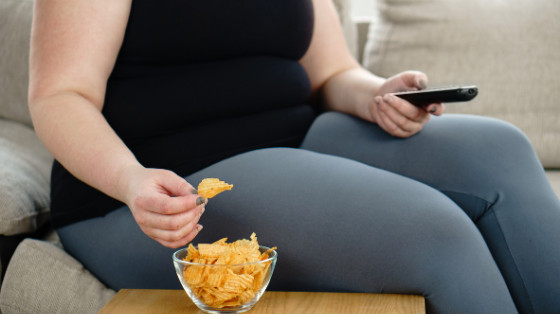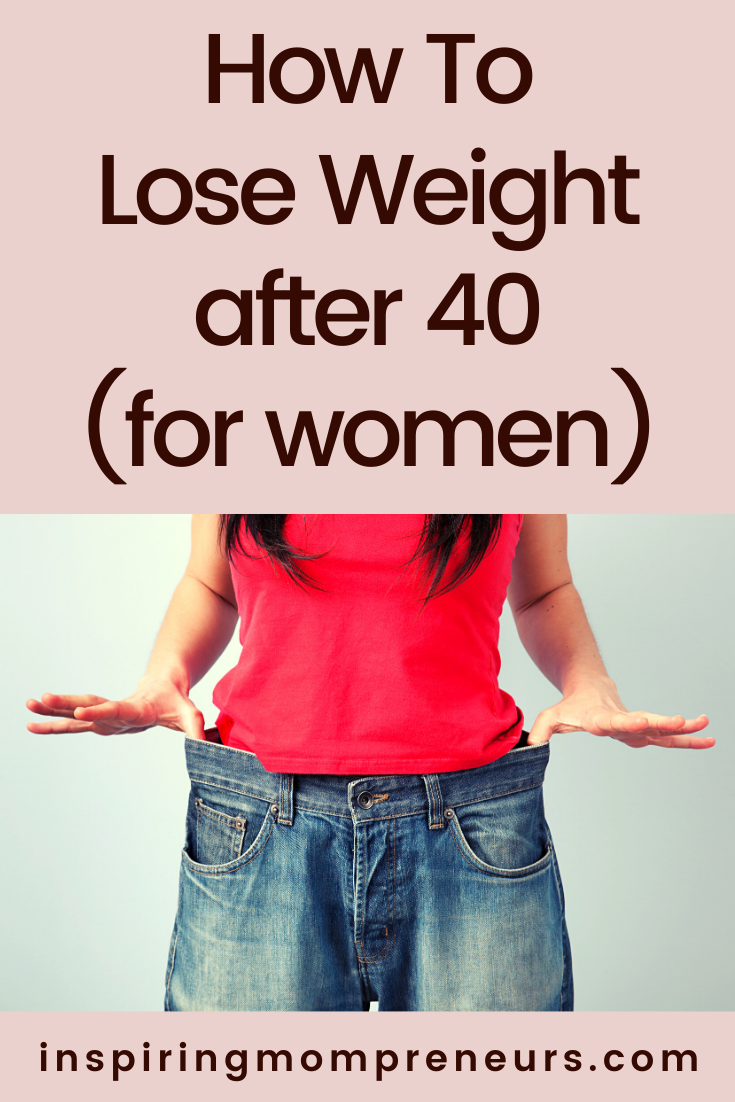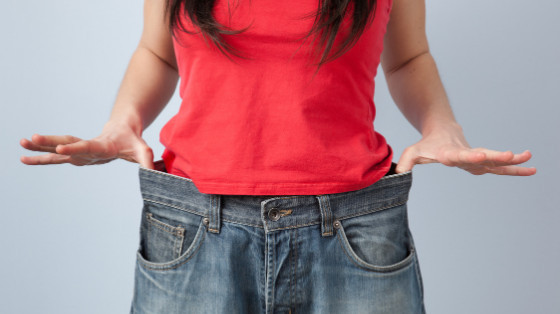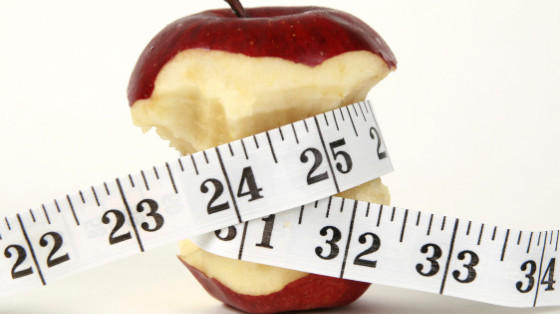How to Lose Weight after 40 (for Women)
I was naturally slim for most of my life and had never really struggled with my weight until I was in my mid-40’s.
When I was in my 20’s and 30’s, if I saw myself picking on a few kilos I could get back to my goal weight by just cleansing for a couple of weeks. But I found that in my mid-40’s, it wasn’t that easy to shift the weight anymore.
Two weeks of cleansing (drinking more water, eating loads of fruit and veg, cutting out bread, cakes, and chocs, hitting the gym) didn’t move the needle one bit.
I knew it was time to figure out what had changed and learn new ways of shedding weight.
What had Changed?
I had my son at 40. I put on a normal amount of weight during my pregnancy (about 14kgs) and it fell off me in the first year of breastfeeding.
Yet, even though I continued breastfeeding for nearly 3 years after that, I gradually started putting on weight until, by about age 45, I was weighing about 10 kilos more than what I weighed in my 30’s. I had a new set point. Ugh.
And this wasn’t because I had been yo-yo dieting my whole life because diets were never my thing.
Related: How to Lose Weight During Lockdown
So in this post, I’ll share with you what I’ve learned in my own weight loss journey and how it may help you.
- Why it’s easier to put on weight and harder to lose it after 40
- What I did to lose weight initially
- What I did that helped me lose more weight and inches
- My 5 best tips to lose weight permanently
What Changes after 40 for Women?

Lifestyle Changes
Most women have had a child or three by the time they reach their 40’s. Some may even be grandparents by then. Some women may be facing an empty nest in their 40’s.
Whichever stage you’re at, there’s no doubt about it, being a Mom changes your life forever.
For a start, your time is not your own anymore. For me, spending an hour or two at the gym was no longer an option when I became a Mom.
If your children are very active you may get to be active with them, but as soon as they reach the stage that they outrun and outplay you, you’ll mostly be watching them move, while you sit on the sidelines.
And that’s the one lifestyle change that becomes the norm for us. Sitting. Sitting at our laptops, sitting in the car doing the school run and/or driving to and from work, sitting in coffee shops, sitting watching TV… as we age, our lives tend to become less active, more sedentary.
Over the years, we develop bad habits. Do any of these habits sound familiar?
Do you…
- Eat sugary or salty snacks in front of the TV?
- Find days and weeks go by with no exercise?
- Drink too much coffee, soft drinks or alcohol?
- Eat more junk food when you’re having a glass of wine?
- Eat fast food or TV dinners because you’re too tired to shop or cook?
- Work late and then struggle to get to sleep?
Poor lifestyle choices are usually at the heart of our weight gain.
Body Changes
Of course, having children also affects your body, as does all that sitting. Our shape often changes after pregnancy and birth, we start packing on weight in areas that were once slim. And as we become less active, we start aging.
We generally have more aches and pains, old injuries flare up and give us trouble and we have less muscle mass, which causes weight gain.
Our hormones also start playing up, whether you had children or not.
By my mid-40’s, I found I was perimenopausal and by 47, I had hit menopause.
During menopause, we usually have less oestrogen and our bodies struggle to regulate oestrogen, progesterone, and testosterone.
Other than the hot flashes, night sweats, mood swings, insomnia, and low libido, many women also gain weight during menopause because the body retains fat more easily.
Some women may already be battling some form of disease by the time they are in their 40’s, such as high blood pressure, diabetes, arthritis, chronic back pain, or even cancer.
Although these may be caused by poor diet and lifestyle choices, once you are suffering, it’s even harder to motivate yourself to be active and watch what you eat.
Mindset Changes
By the time we are in our 40’s, life would have thrown us a few curveballs, some more devastating than others.
- We may found ourselves out of a job or losing the passion we once had for our work.
- We may have lost dear friends or close family members.
- Our spouse may have become abusive or cheated on us.
- We may have made mistakes we feel we can never undo.
- We may be questioning our faith.
Some life changes can feel so cataclysmic that we find ourselves spiraling out of control. If we are not able to find our way out of these situations, we may sink into depression, misery, anger, bitterness, and self-loathing.
And all of these have a way of showing up in our habits. We start comfort eating. We can’t get out of bed in the mornings. We lose interest in things that once made us happy. We let ourselves go.
And ultimately our bodies carry the scars, sometimes in the form of excess weight.

What I did to Lose Weight (initially)
Back to my story. So, how did I lose weight?
For me, it was a combination of mindset coaching and one very particular lifestyle change I made with the help of my Health Transformation Coach, Sharon Atkins.
Changing My Mindset
Sharon taught me to connect my wellness and weight loss goals to my highest values. She first took me through a process of figuring out what my highest values were.
We then discussed who I would like to be and crafted a statement around that. And then we visualized a day in the future when I had achieved my goals, what I would look like and feel like on that day.
I saw myself delivering a TED Talk, slim, energetic, empowered, and radiant.
I’m simplifying Sharon’s methodologies, this was a multi-dimensional process of unraveling who I am and what makes me tick, that we took together one session at a time, one week at a time, over about 12 weeks.
Related: Life-changing Transformations – The Victoria Everest Story
Sharon also taught me more than one technique to help me meet my wellness goals, but the one that worked the best for me was TRE – Time Restricted Eating, more commonly known as…
Intermittent Fasting
Sharon lent me her copy of Dr. Michael Mosely’s book, “The Fast 800: How to Combine Rapid Weight Loss and Intermittent Fasting for Long-term Health” and I read it cover-to-cover.
It’s filled with the latest scientific research describing the benefits of…
- The Mediterranean diet
- TRE or intermittent fasting
- HIIT (high-intensity interval training)
I worked my way up to a 16:8 fast, which means I was eating in an 8-hour window and fasting for 16 hours (and half of that time I was asleep).
As long as I’d eaten my dinner by 6 pm, I could have brunch at 10 am the next day. If I ate dinner half an hour or an hour later, I’d need to push my brunch later the next day.
Intermittent fasting took a little getting used to. I would get a bit cranky an hour or two before brunch but I soon adjusted to my new way of life and I lost weight quite quickly which encouraged me to keep going.
I didn’t switch to the Mediterranean diet.
I tried out HIIT, but only remembered to incorporate high-intensity interval training into my day every now and then, (when out for a walk or jumping on the trampoline with my son).
So really it was the intermittent fasting that stuck because it was so easy to incorporate into my daily routine. And that’s what did the trick for me. I was able to keep the weight off during lockdown and over Christmas and New Year, times when we traditionally overeat.
How to Lose Weight and Inches
Fast forward 18 months and I felt it was time to make another lifestyle change and it was this that helped me lose more weight and inches and keep it off.
Adopting a Wholefood Plant-based Diet
My friend, Mariana, introduced me to a wholefood plant-based diet, which is a diet rich in plants like veggies, fruit, nuts, seeds, legumes, and whole grains.
I watched a number of YouTube videos Mariana recommended to introduce me to plant-based doctors like Dr Neal Barnard and advocates like John and Ocean Robbins. I also watched movies on Netflix like “What the Health”, “Cowspiracy” and “The Game Changers”.
What I learned was so compelling that I decided to make the switch.
Some of the plant-based doctors advocate a vegan diet and some suggest you go low-fat, only eating fats in their plant form (think avocado and nuts), unlike the Mediterranean diet which promotes olive oil.
I’m not strictly vegan, I sometimes eat meals that include some form of animal protein (e.g. I’ll find some types of bread contain eggs or milk and I’ll have chocolate from time to time).
What’s important on a plant-based diet is to avoid all processed foods (and when I do, I feel my best).
I didn’t choose to go plant-based to lose weight, I was already happy with my weight thanks to intermittent fasting, but I found I have lost a couple more kilos and I definitely slimmed down. Suddenly clothes were fitting me that I hadn’t been able to wear in years.
When I first went plant-based I found I couldn’t maintain a 16:8 fast on a plant-based diet as my meals generally are less calorie dense and therefore less filling and quicker digesting. I discovered that from a weight-loss standpoint, I don’t need to fast either, so I just eat whenever I’m hungry.
It seems like I eat way more than I used to eat but it’s all nutritious, colourful, delicious food so my weight stays down.

How to Lose Weight – Top Tips
I promised you my top 5 tips on how to lose that stubborn weight and here they are.
1. Visualise the New You
Start with the end in mind. See yourself when you’re at your goal weight.
- What will it feel like to be slim and healthy?
- What would change in your life?
- How would you see yourself?
- How would others see you?
- What would you be doing that you’re not doing now?
Imagine your ideal day. Get all your senses involved.
2. Find an Activity You Love to Do
For me, it’s walking on the beach with my dog and my son. If you can’t get out of the house, try dancing in your lounge to your favourite music. Find something, anything, that gives your body the chance to move every day.
3. Find Your Triggers
It’s not only what you eat but when you eat that matters.
Do you eat for comfort? Call your Mom or a friend and talk through your feelings instead.
Do you eat when you’re bored? Take up a new hobby instead.
Do you eat when you’re watching TV? Try reading a book or dancing around the lounge instead (see point 2).
Do you pick up fast food on your way home? Take a different route instead.
4. Take it One Step at a Time
If you’re not ready to take a big step like trying intermittent fasting or adopting a low-fat wholefood plant-based diet, just start small.
Just find one fruit you enjoy eating and add it to your daily diet – watermelons are a great choice.
. Next week you may want to add a vegetable you hadn’t tried before. And so on, until you’re eating a variety of fresh fruit and veg every day.
Or just start with meat-free Mondays.
Then work on eliminating all junk food and processed foods, and see what you’re left with. Clear the house of unhealthy snacks and stop shopping for them altogether, if you can. Shop in the fresh produce aisle.
Get yourself a juicer and make yourself fresh green smoothies and other fruit and veg juices.
Start by parking far away from the store so you have a longer walk.
Or start by taking the stairs, instead of the lift. Even if it’s just one flight of stairs at first.
Or just start by going for a walk every Saturday or Sunday. One thing that’s helped me walk more is getting a dog. I have to walk my dog every day otherwise he goes nuts. This helps me get out there, rain or shine.
Then step it up a bit. Try the 80/20 principle. Aim to eat a wholefood plant-based diet 5 days a week and do some form of exercise each day, and the other two days eat and do whatever you like.
Gradually, as you introduce healthy habits into your life, your weight will fall off and as an added bonus, your health will improve too.
5. Get Support
If you are very overweight or have health problems, I would highly recommend visiting a functional medicine doctor or functional medicine health coach.
Related: Meet Healthpreneur, Leora Mofsowitz, a Functional Medicine Health Coach
If you are generally healthy and have just a little weight to lose, I would recommend seeing a health and wellness coach, nutritionist, dietician, or personal trainer.
Ideally, you want to find someone who can help you with your mindset and motivation as well as your diet and exercise.
If you can’t afford any help whatsoever, I recommend getting a buddy or convincing your spouse to take this journey with you so you can share recipe ideas and keep each other motivated.
It really helps to have emotional support when you want to make a lifestyle change. It can be so easy to fall back into your old patterns of behaviour.
Wishing you all the best as you figure out the best way for you to lose weight. Do you have any ideas you’d like to share on this topic? Please leave a comment below.
*Please note: This article is not intended to replace the advice of a trained medical professional. Please contact a health practitioner if you have any questions.
This post was sponsored by antioxidant-fruits.com. All opinions are my own.




What an inspiring journey to good health and weightloss. This post will be most helpful to many.
You have done so much research and trials of your own which gives this post great worth.
Thank you for the motivation. I know I need to move more and also stop comfort eating.